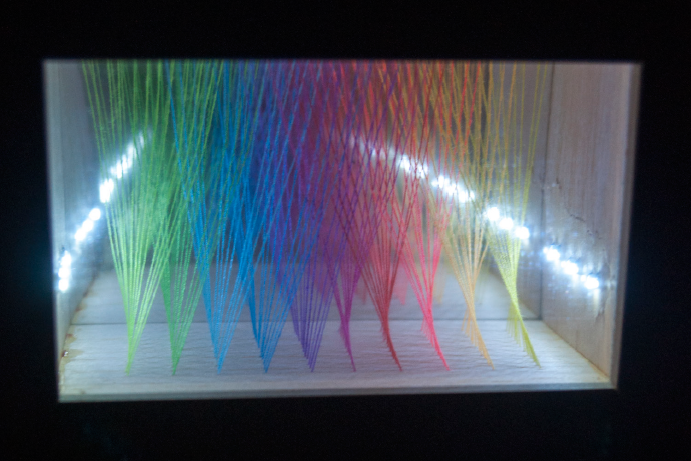
The Translation of Physical and Social Environments through Images
“For now we see only a reflection as in a mirror; then we shall see face to face. Now I know in
part; then I shall know fully, even as I am fully known.”-1 Corinthians 13:12
Humans are dependent on both physiological and cultural representation systems in
order to navigate their environments. In vision the chaotic, shimmering lightfield is translated
by our minds into an ordered visual experience that permits us to orient ourselves to our
surroundings. Similarly, we translate a complicated cultural world through the visual material
we present to each other in order to have effective social communication. Though these
translation systems can result in misperceptions they are vital to our ability to interact with our
personal environments. A variety of Marxist theorists lament this cultural system. They critique
the value society attributes to representation claiming that the worker and consumer is a
passive subject being oppressed by a meaningless system. While many of their claims are valid,
I argue for both the naturalness of such systems as well as a larger extent of individual agency
within them. When we acknowledge these characteristics the representations we use will
indeed become tools of unification, rather than of the separation these theorists claim they
create. They become access points to much larger and otherwise inaccessible universes.
SECTOR C
THESIS ADVISORS:
Tanya Jung (VLST)
Brent Wahl (FNAR)

 Visual Studies
Visual Studies